Table of Contents
- What Meat Are Ribs? The Simple Answer
- Pork vs Beef vs Lamb Ribs: What You Need to Know
- How to Cook Ribs Perfectly Every Time (Beginner Method)
- Why Your Ribs Turn Out Dry (And How to Fix It)
- Best Rib Rubs for Each Type (Simple Recipes)
- Quick Reference: Rib Types and Cooking Times
- Frequently Asked Questions
What Meat Are Ribs? The Simple Answer
Ribs come from three main sources: pork (most common), beef, and lamb. When restaurants or grocery stores say "ribs" without specification, they're almost always referring to pork ribs. The confusion happens because different animals have rib sections, but pork ribs dominate American barbecue culture.
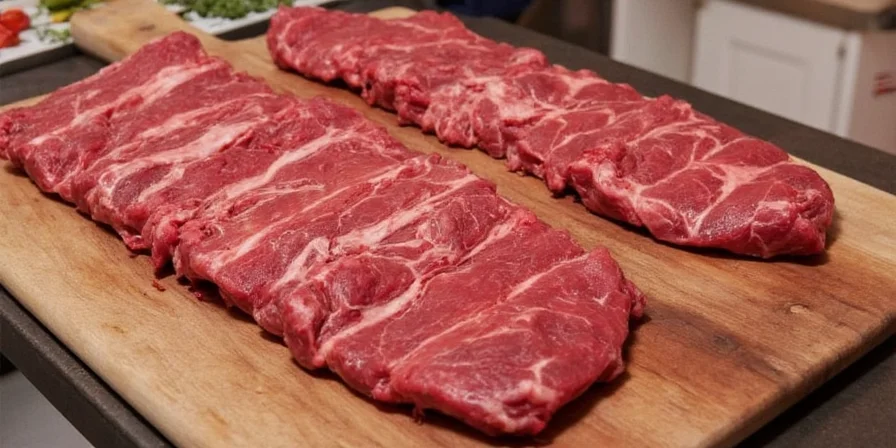
If you've ever looked at a menu wondering "What meat makes these ribs so uniquely delicious?" - it's most likely pork. But understanding the differences between rib types solves the mystery of why some ribs are tender while others stay tough, why cooking times vary, and which spices work best.
Pork vs Beef vs Lamb Ribs: What You Need to Know
Let's clear up the confusion about rib types with practical information you can use:
- Pork Ribs (90% of restaurant ribs):
- Spareribs - The classic "fall-off-the-bone" ribs, higher fat content (cook at 250°F for 5-6 hours)
- Back Ribs - Leaner, meatier, more expensive (cook at 225°F for 4-5 hours)
- St. Louis Style - Rectangular cut with consistent thickness (best for beginners)
- Beef Ribs:
- Short Ribs - Meaty, rich, require longer cooking (275°F for 6-8 hours)
- Plate Ribs - Fatty with intense beef flavor (best with vinegar-based mops)
- Ribeye Ribs - Cut from prime rib section, cook like steak
- Lamb Ribs - Smaller, more delicate, with distinctive flavor (cook at 325°F for 1-1.5 hours)
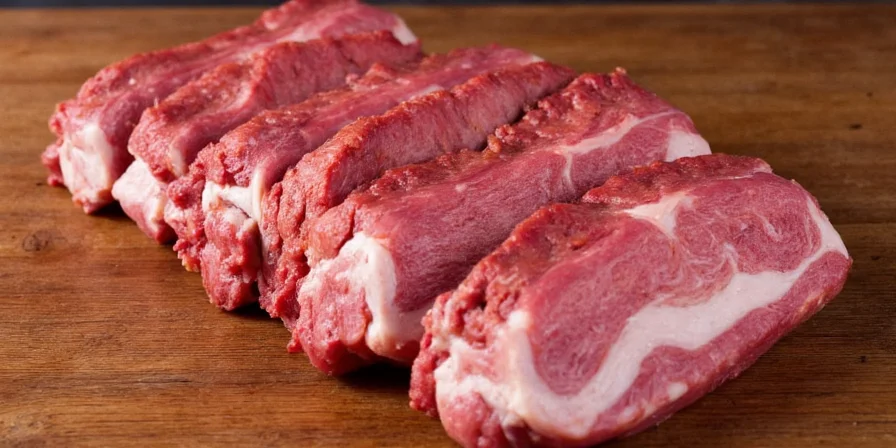
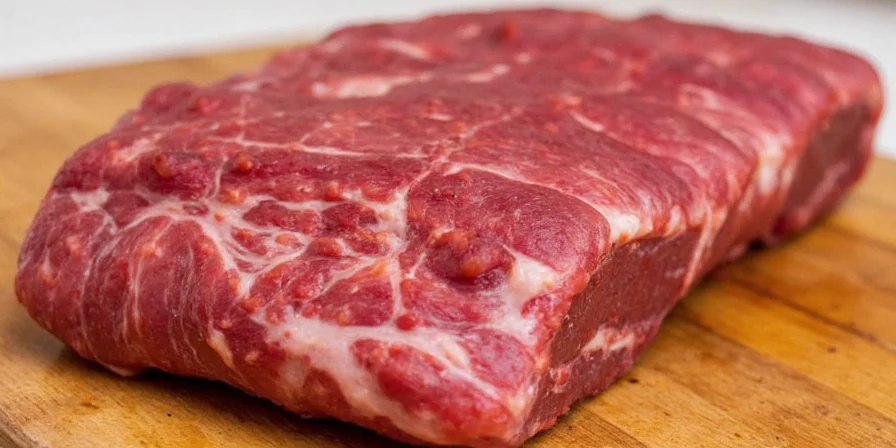
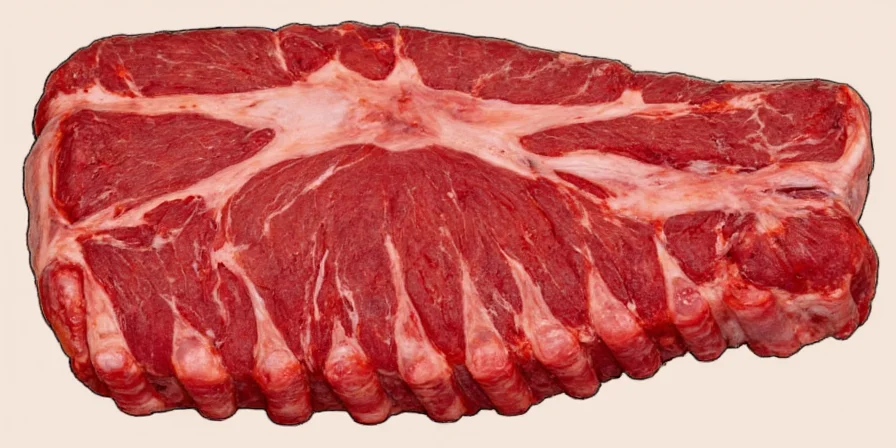
How to Cook Ribs Perfectly Every Time (Beginner Method)
Follow this simple 4-step process for tender ribs without special equipment:
- Prep: Remove silver skin membrane (this is why ribs turn out dry!)
- Season: Apply simple 3-ingredient rub (salt, pepper, brown sugar)
- Cook: 275°F oven for 2.5-3 hours wrapped in foil with apple juice
- Finish: Unwrap, add sauce, broil 5 minutes for caramelization
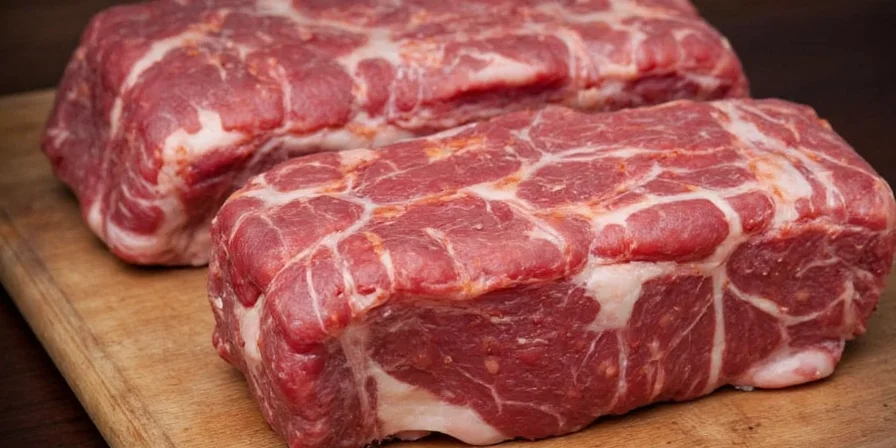
This foolproof method works for pork spareribs and gives you tender, flavorful ribs without expensive smokers or complicated techniques. No more dry, tough ribs!
Why Your Ribs Turn Out Dry (And How to Fix It)
The #1 reason ribs turn out dry: incorrect cooking temperature and time. Here's what actually works:
- For Pork Spareribs: Must reach 195-203°F internal temperature (not 165°F) for collagen to melt
- Membrane matters: Leaving the membrane on blocks moisture; removing it properly prevents dryness
- Resting time: Let ribs rest 15-20 minutes after cooking for juices to redistribute
- Wrapping technique: Use butcher paper (not foil) for better bark texture while retaining moisture
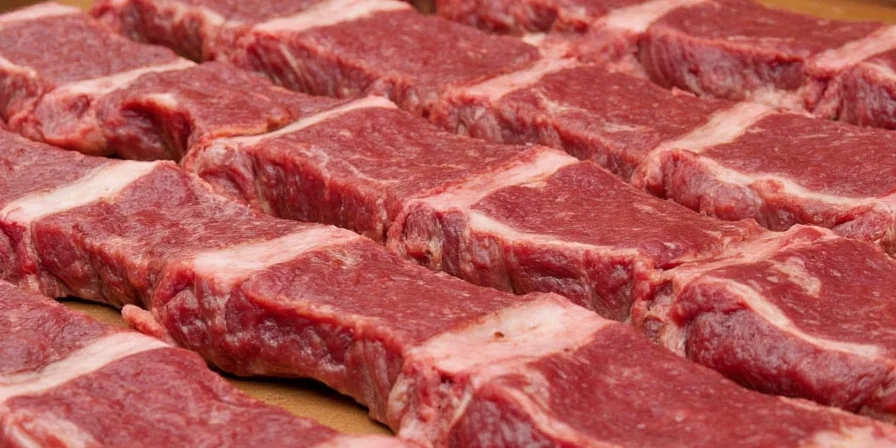
Best Rib Rubs for Each Type (Simple Recipes)
Stop guessing with spices! Use these 3-ingredient rubs that actually work:
| Rib Type | Simple Rub Recipe | Pro Tip |
|---|---|---|
| Pork Ribs | 1/4 cup brown sugar, 2 tbsp paprika, 1 tbsp salt | Add apple cider vinegar mist before rub for better adhesion |
| Beef Ribs | 1/4 cup coarse salt, 2 tbsp coffee, 1 tbsp black pepper | Inject buttermilk mixture for deeper flavor penetration |
| Lamb Ribs | 2 tbsp za'atar, 1 tbsp lemon zest, 1 tsp salt | Apply during last 15 minutes of cooking |
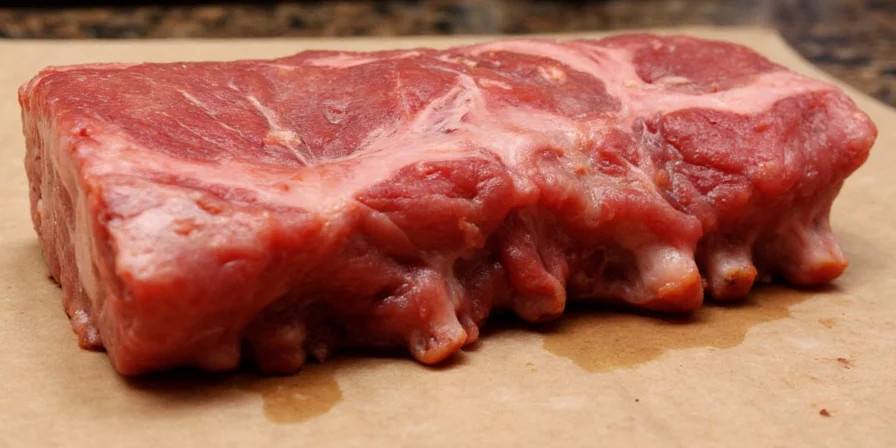
Quick Reference: Rib Types and Cooking Times
Save this chart for your next rib cooking adventure:
| Rib Cut | Best Cooking Method | Total Time | Internal Temp |
|---|---|---|---|
| Pork Spareribs | 275°F oven or smoker | 5-6 hours | 195-203°F |
| Pork Back Ribs | 225°F smoker | 4-5 hours | 190-200°F |
| Beef Short Ribs | 275°F oven, covered | 6-8 hours | 203°F |
| Lamb Ribs | 325°F oven | 1-1.5 hours | 145°F |
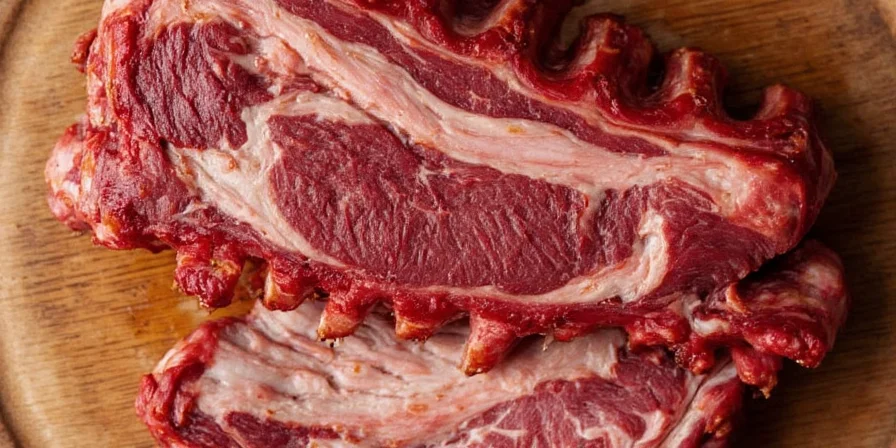
Frequently Asked Questions About Ribs
What meat are ribs actually made from?
Most restaurant and grocery store ribs come from pigs (pork ribs). When menus don't specify, they're almost always pork. Beef ribs are less common and more expensive, while lamb ribs are specialty items. Pork spareribs are the most popular cut for barbecue.
Why are my ribs always dry even when I follow recipes?
Dry ribs usually happen because you're removing them too early. Pork spareribs need to reach 195-203°F internal temperature (not 165°F) for collagen to turn to gelatin. Leaving the membrane on or not resting the ribs after cooking also causes dryness. Try cooking until the meat pulls back from the bone about 1/2 inch.
How long should I cook ribs in the oven?
For pork spareribs: 275°F for 2.5-3 hours wrapped in foil, then 30 minutes uncovered. For pork back ribs: 275°F for 2-2.5 hours wrapped, then 20 minutes uncovered. For best results, use a meat thermometer and cook until internal temperature reaches 195-203°F for pork ribs.
What's the difference between spareribs and baby back ribs?
Spareribs come from the belly area, have more fat, and need longer cooking. Baby back ribs (also called loin ribs) come from along the spine, are leaner, more tender, and cook faster. Spareribs are meatier with more connective tissue, while baby backs have uniform shape and less fat.
Do I need to remove the membrane from ribs?
Yes, removing the membrane (the silver skin on the bone side) is crucial for tender ribs. It blocks seasoning penetration and prevents the meat from shrinking properly during cooking. Use a butter knife to lift the edge, then grab with a paper towel and peel off before seasoning.
What's the best simple rib rub recipe for beginners?
The easiest beginner rib rub: 1/4 cup brown sugar, 2 tablespoons paprika, and 1 tablespoon salt. Mix together and apply generously to both sides of the ribs after removing the membrane. Let sit 1 hour before cooking for best results. This basic rub works perfectly for pork ribs.

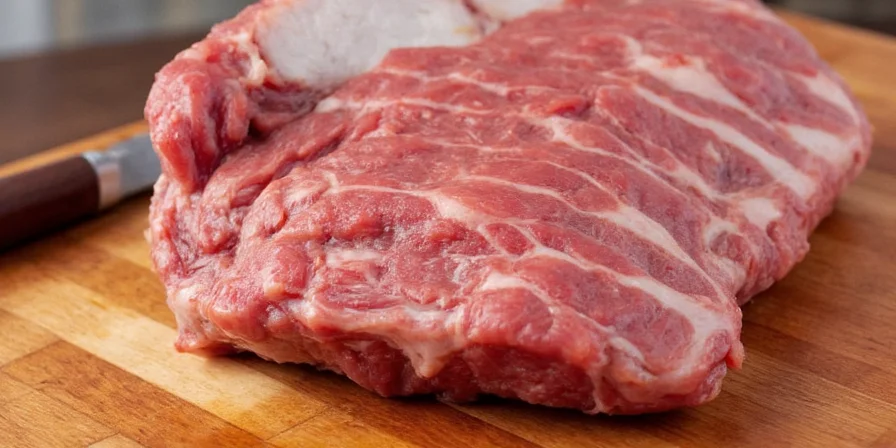









 浙公网安备
33010002000092号
浙公网安备
33010002000092号 浙B2-20120091-4
浙B2-20120091-4